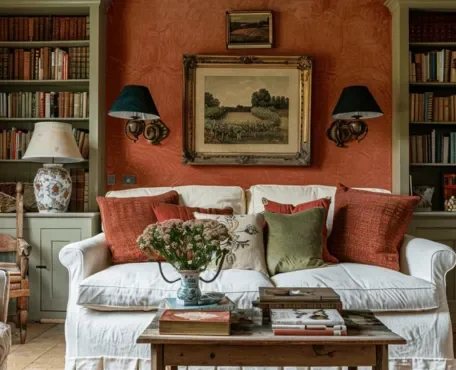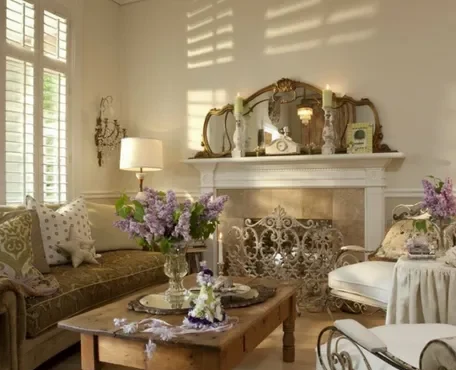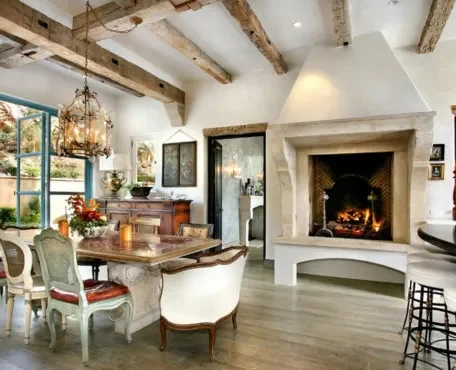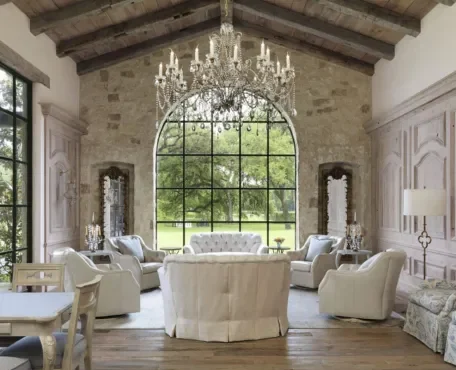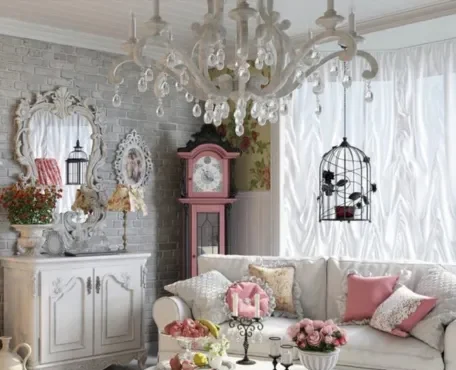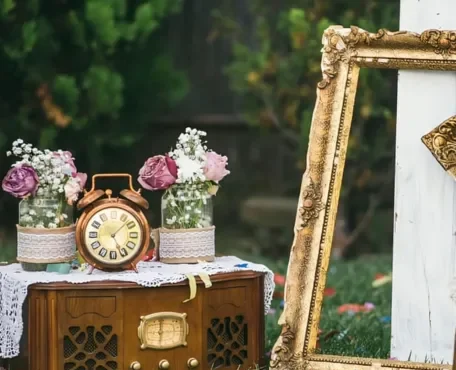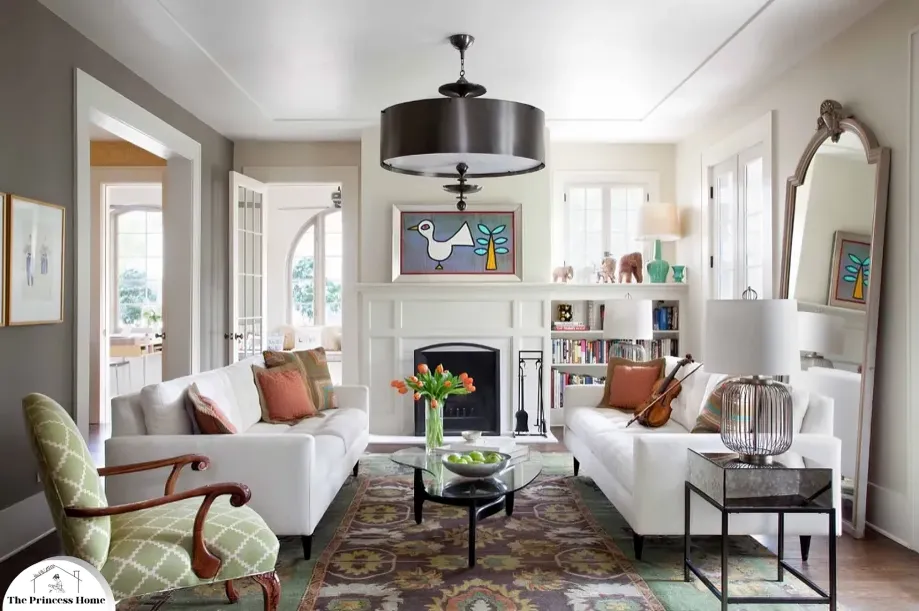
Living in a small space can present unique challenges, but with the right approach to furnishing, you can create a home that feels open, airy, and surprisingly spacious. Whether you’re in a cozy apartment, a compact studio, or a tiny house, maximizing space is key to making the most of your living environment. In this detailed guide, we’ll explore a range of strategies and techniques to help you furnish small spaces in a way that creates the illusion of expansiveness while maintaining functionality and style.
Tips and strategies to help you furnish your small house .
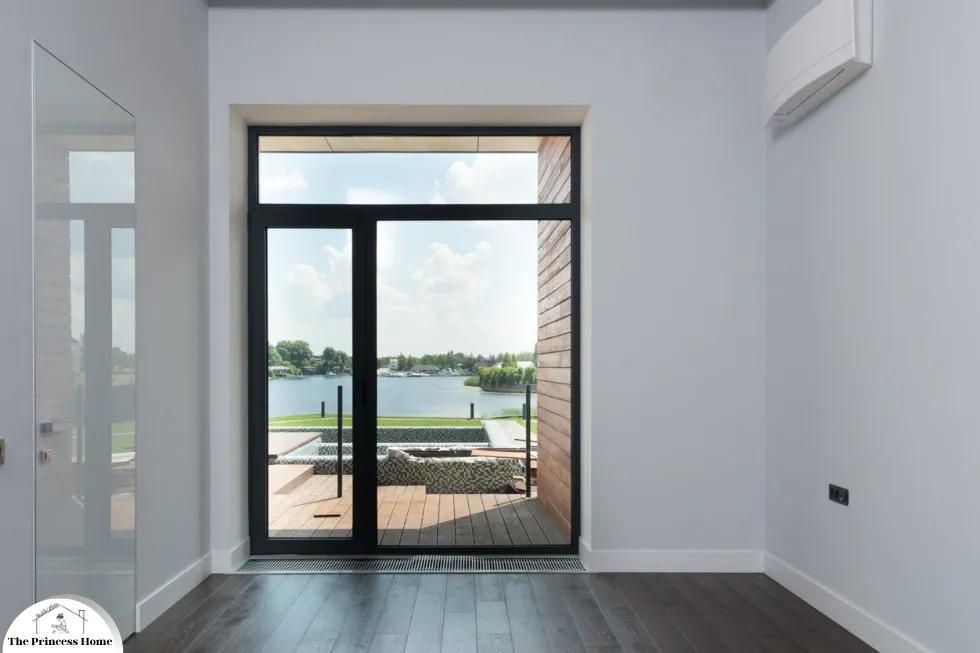
1.*Assessing Your Space:
Before diving into the furnishing small spaces process, take the time to assess your small house’s layout, dimensions, and unique characteristics. Understanding the limitations and possibilities of your space will guide your furniture selection and layout decisions. Measure the dimensions of each room, take note of architectural features such as windows, doorways, and alcoves, and identify any potential challenges or opportunities for maximizing space utilization. assessing your space thoroughly is crucial for making the most of it.
Here’s a breakdown of key steps to take:
1.Measurements:
Start by measuring each room’s dimensions, including the length, width, and height. Make note of any irregularities such as alcoves or angled walls.
2.Architectural Features:
Take stock of any architectural features that may impact furniture placement, such as windows, doors, and built-in elements like fireplaces or shelving units. Ensure you leave adequate space around these features for functionality and aesthetic balance.
3.Traffic Flow:
Consider the flow of traffic through each room. Identify primary pathways and ensure they remain unobstructed when arranging furniture. This is essential for maintaining a sense of spaciousness and ease of movement.
4.Functionality:
Determine the primary functions of each room and prioritize furniture and layout decisions accordingly. For example, in a small living room, you may need to prioritize seating while ensuring there’s still space for circulation.
5.Storage Needs:
Assess your storage requirements and look for opportunities to maximize storage space. This could involve utilizing vertical storage solutions, incorporating multifunctional furniture with built-in storage, or decluttering to free up space.
6.Lighting:
Pay attention to natural light sources and artificial lighting fixtures in each room. Position furniture to take advantage of natural light while ensuring adequate lighting levels throughout the space, especially in areas with limited natural light.
7.Aesthetic Considerations:
Consider the overall aesthetic you want to achieve in each room and how your furniture choices and layout can contribute to that aesthetic. Balancing functionality with aesthetics is key to creating a harmonious space.
By thoroughly assessing your small space and considering these factors, you’ll be better equipped to make informed decisions when it comes to furnishing small spaces.
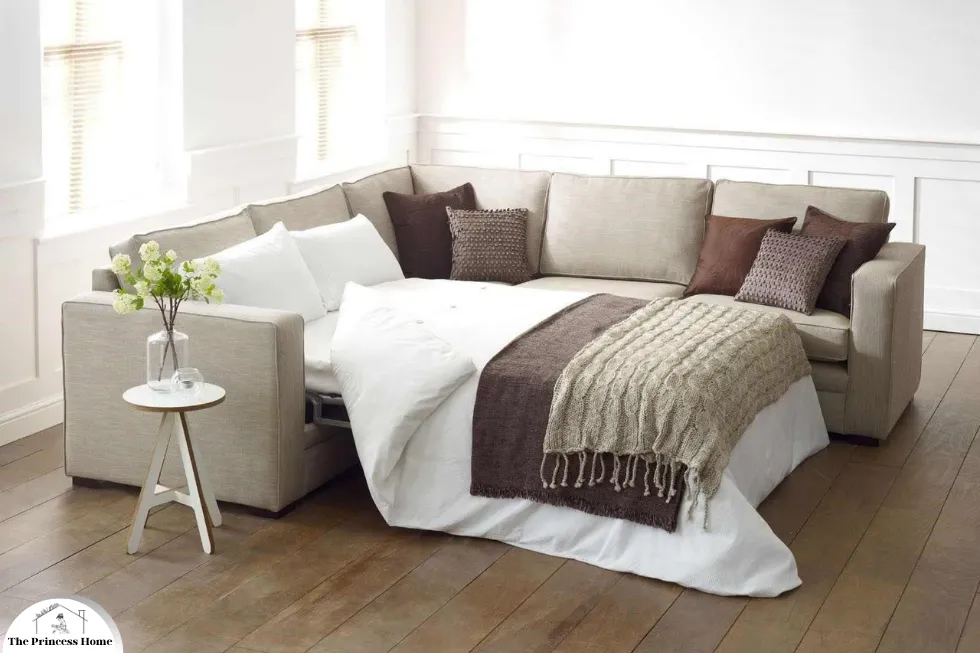
2.*Prioritizing Functionality:
In a small house, every piece of furniture should serve a purpose beyond mere aesthetics. Prioritize functionality by selecting multi-functional furniture that offers storage solutions or serves dual purposes. Consider options such as sofa beds, storage ottomans, or nesting tables that can adapt to various needs and activities. By maximizing functionality, you’ll make the most of your limited space while enhancing comfort and convenience. prioritizing functionality is essential when furnishing small spaces.
Here are some key strategies to consider:
1.Multi-Functional Furniture:
Look for pieces that serve more than one purpose. For example, a sofa bed can provide seating during the day and accommodate guests overnight. Similarly, a storage ottoman can act as a footrest, extra seating, and a place to store blankets or other items.
2.Space-Saving Solutions:
Opt for furniture with space-saving features such as foldable or collapsible elements. This could include folding dining tables or chairs that can be tucked away when not in use, maximizing available floor space.
3.Modular Furniture:
Choose modular furniture systems that can be customized and rearranged to adapt to different needs and spatial constraints. Modular shelving units, for example, can be configured in various ways to accommodate storage needs in different rooms.
4.Nesting Furniture:
Consider nesting tables or stools that can be stacked together when not in use, minimizing the footprint while offering versatility for entertaining or additional surface space when needed.
5.Convertible Pieces:
Invest in furniture that can transform or adapt to different functions as needed. This could include coffee tables that convert into dining tables, or desks that can be folded down from the wall when in use and folded up to save space when not needed.
6.Hidden Storage:
Seek out furniture with hidden storage compartments, such as bed frames with built-in drawers or coffee tables with lift-up tops. This allows you to keep clutter out of sight while maximizing storage capacity.
By prioritizing functionality and selecting furniture that offers practical solutions for storage and adaptability, you can create a comfortable and efficient living space even in a small house.
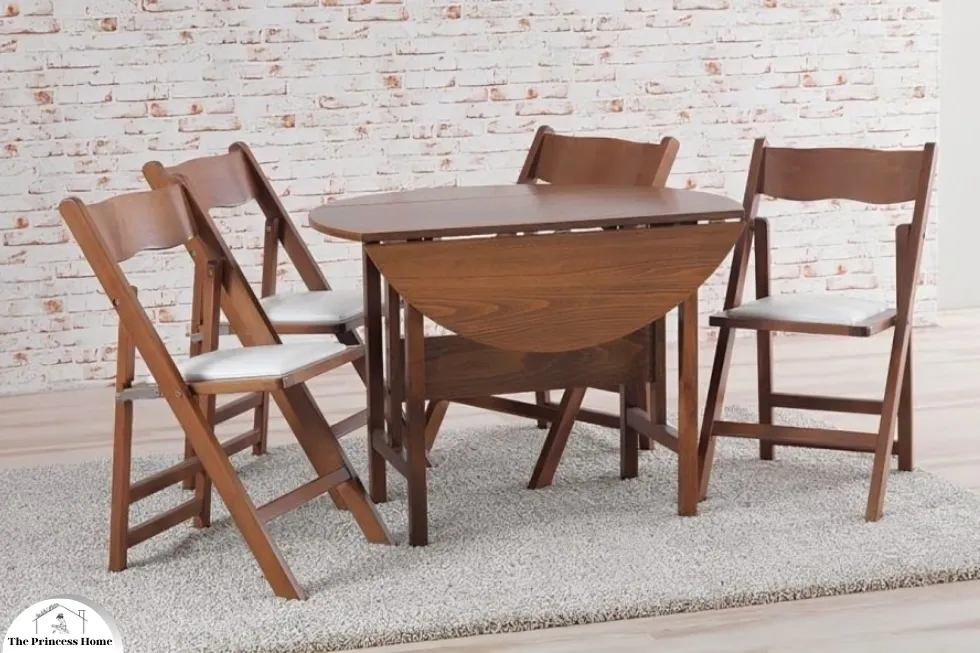
3.*Space-Saving Solutions:
When furnishing small spaces, space-saving solutions are your best friend. Look for furniture pieces specifically designed for compact living, foldable tables, or modular seating arrangements. These space-saving solutions allow you to make the most of vertical space and easily transform your living area to suit different activities and occasions. space-saving solutions are essential when furnishing small spaces.
Here’s how you can make the most of them:
1.Compact Furniture:
Choose furniture pieces that are scaled appropriately for smaller spaces. Look for sofas, armchairs, and dining tables with sleek profiles and slim silhouettes to minimize visual clutter while maximizing seating and surface area.
2.Foldable Tables &Chairs:
Invest in foldable or collapsible furniture items such as dining tables, chairs, and desks. These can be easily stowed away when not in use, freeing up valuable floor space for other activities.
3.Modular Seating:
Opt for modular seating arrangements that can be configured to accommodate different numbers of people and spatial constraints. Sectional sofas with interchangeable components or ottomans that can double as extra seating are excellent options for versatile living spaces.
4.Wall-Mounted Furniture:
Utilize wall-mounted furniture to maximize floor space. Wall-mounted shelves, desks, and cabinets provide storage and functional surfaces without taking up valuable square footage on the floor.
5.Convertible Furniture:
Consider investing in convertible furniture pieces that can serve multiple functions. Murphy beds, for example, fold up into the wall when not in use, transforming the bedroom into a multipurpose space during the day.
6.Dual-Purpose Furniture:
Look for furniture items that serve dual purposes to maximize functionality. For example, a storage ottoman can double as a coffee table and provide hidden storage for blankets or magazines.
By incorporating these space-saving solutions into your small space, you can optimize functionality and comfort while maintaining a sense of openness and flexibility.
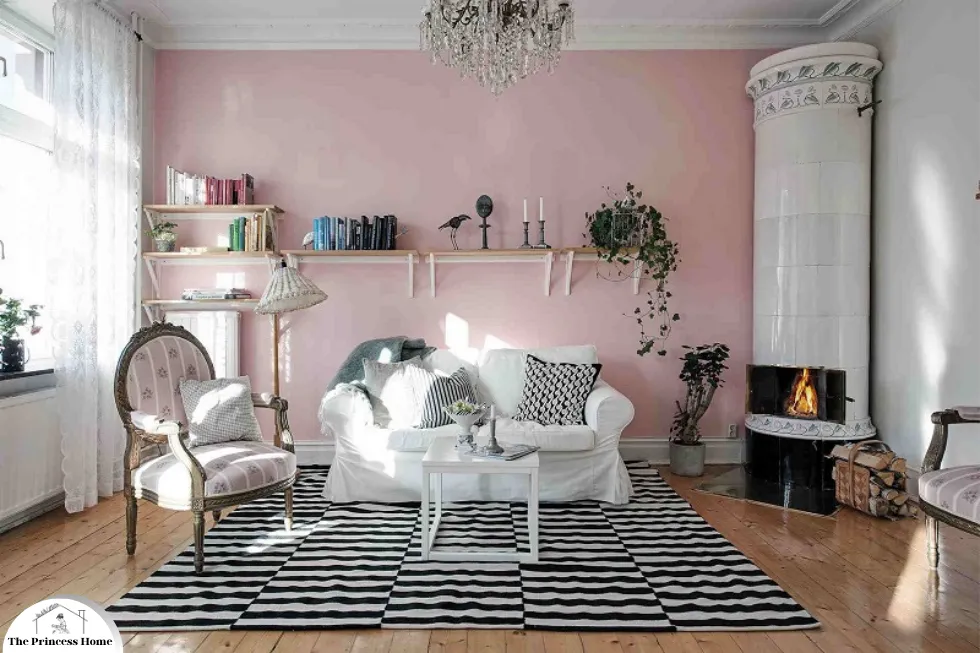
4.*Embracing Minimalism:
In small spaces, less is often more. Embrace a minimalist approach to furnishing by decluttering and curating your belongings thoughtfully. Choose furniture with clean lines and minimalistic designs to create an uncluttered, visually appealing environment. Pare down decorative accessories to a few well-chosen pieces that add personality and warmth without overwhelming the space. Embracing minimalism is an excellent approach when furnishing small spaces.
Here’s how you can do it effectively:
1.Declutter:
Start by decluttering your space and getting rid of unnecessary items. Pare down your belongings to the essentials, keeping only what you truly need and love. This will create a sense of openness and make the space feel larger and more inviting.
2.Curate Thoughtfully:
Be intentional about the furniture and decor you bring into your space. Choose pieces that serve a purpose and align with your aesthetic preferences. Opt for high-quality items that will stand the test of time rather than filling the space with cheap, disposable furnishings.
3.Minimalistic Designs:
Select furniture with clean lines and minimalist designs to maintain a sense of simplicity and elegance. Avoid ornate or bulky pieces that can overwhelm a small space. Instead, opt for sleek, streamlined furniture that complements the overall aesthetic of the room.
4.Neutral Color :
Stick to a neutral color palette for your furniture and walls to create a cohesive and calming environment. White, beige, gray, and soft pastels can help visually expand the space and reflect light, making the room feel brighter and airier.
5.Functional Furniture:
Choose furniture that prioritizes function without sacrificing style. Look for pieces with built-in storage or multifunctional features that help maximize space efficiency. For example, a bed with drawers underneath or a coffee table with integrated storage can help keep clutter at bay.
6.Limit Accessories:
Keep decorative accessories to a minimum to avoid visual clutter. Select a few well-chosen pieces that add personality and warmth to the space without overwhelming it. Opt for statement pieces that can stand alone rather than numerous small knick-knacks.
7.Negative Space:
Embrace negative space as an essential element of minimalist design. Allow breathing room around furniture and decor to create a sense of balance and harmony. Avoid overcrowding the space with too many items, and let each piece have its moment to shine.
By embracing minimalism in your small space, you can create a serene and stylish environment that feels both comfortable and spacious.
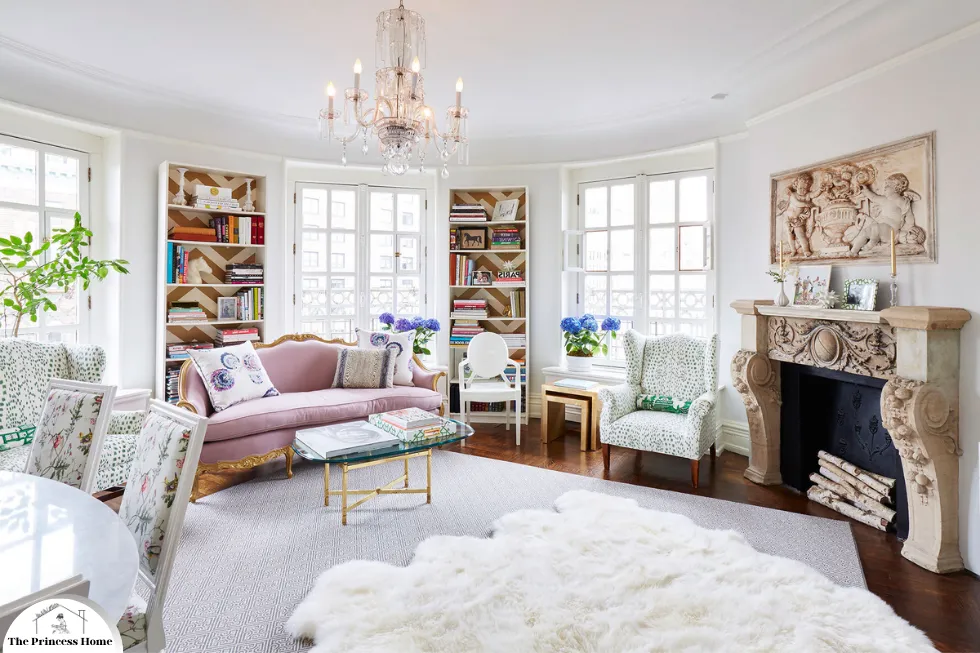
5.*Maximizing Vertical Space:
In a small house, vertical space is valuable real estate. Make use of walls for storage by installing shelves, cabinets, or floating units. Vertical storage solutions not only free up floor space but also draw the eye upward, making the room feel larger and more spacious. Additionally, consider incorporating tall furniture pieces such as bookcases or armoires to maximize storage capacity without sacrificing valuable square footage. Maximizing vertical space is indeed crucial in small houses to optimize storage and create a sense of openness.
Here are some effective ways to make the most of vertical space:
1.Wall Shelves:
Install wall-mounted shelves to provide additional storage for books, decorative items, or everyday essentials. Opt for floating shelves to maintain a streamlined look and avoid cluttering the floor.
2.Cabinets &Shelving Units:
Utilize cabinets and shelving units that extend from floor to ceiling to maximize storage capacity. This allows you to take advantage of the full height of the room while keeping belongings organized and easily accessible.
3.Overhead Storage:
Install overhead storage units or racks in areas such as the kitchen, garage, or laundry room to store items that are used less frequently. This helps keep clutter off countertops and floors, making the space feel more spacious and organized.
4.Vertical Bookcases:
Incorporate tall bookcases or bookshelves to store books, decorative objects, and other items vertically. Choose narrow or ladder-style bookcases to minimize the footprint while maximizing storage potential.
5.Tall Furniture Pieces:
Select tall furniture pieces such as armoires, wardrobes, or dressers to maximize storage capacity without taking up excessive floor space. These pieces provide ample storage for clothing, linens, and other belongings while drawing the eye upward, creating the illusion of higher ceilings.
6.Pegboards & Hooks:
Install pegboards or hooks on walls to hang items such as kitchen utensils, tools, or accessories. This not only frees up drawer and countertop space but also adds visual interest to the walls.
7.Vertical Garden:
Consider vertical gardening solutions such as wall-mounted planters or trellises to add greenery to your space without sacrificing floor space. Vertical gardens can also improve air quality and create a sense of tranquility indoors.
By maximizing vertical space in your small house, you can enhance storage capacity, improve organization, and create a visually appealing environment that feels more spacious and inviting.
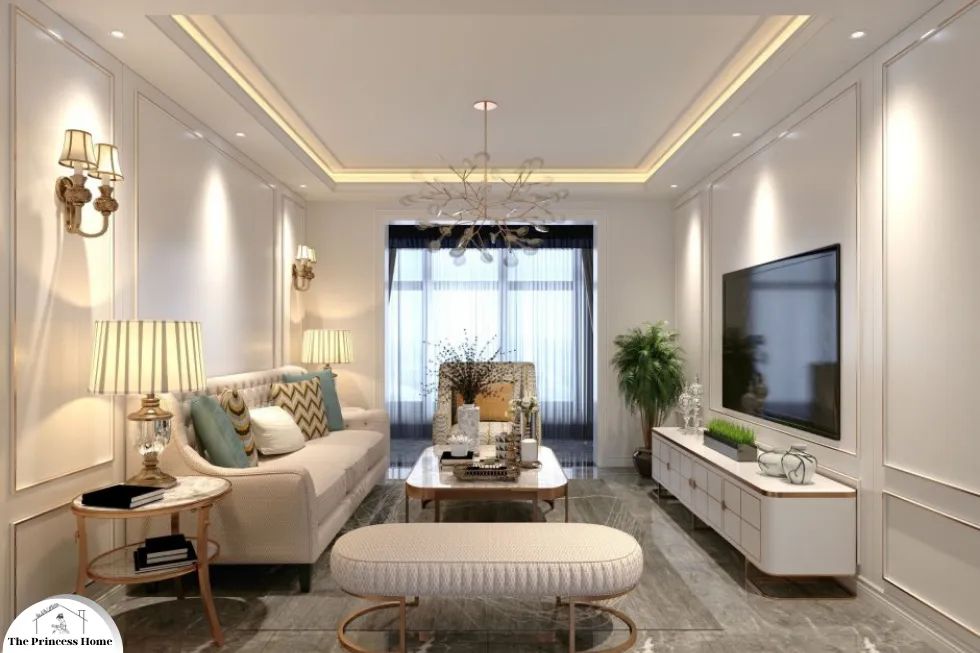
6.*Creating a Cozy Atmosphere:
Comfort is not solely about functionality and practicality—it’s also about creating a warm, inviting atmosphere that makes you feel at home. Incorporate soft textiles such as plush rugs, cozy throw blankets, and cushions to add warmth and texture to your small house. Choose lighting fixtures that provide soft, diffused light to create a cozy ambiance, and consider adding candles or dimmer switches for added versatility. creating a cozy atmosphere is essential for making a small house feel like a home.
Here are some tips to achieve that:
1.Soft Textiles:
Introduce soft and tactile textiles to add warmth and comfort to your space. Layer plush rugs on the floor to create a soft landing for your feet and to define different areas within the room. Add cozy throw blankets to sofas and chairs, and pile up cushions in various textures and colors for a welcoming touch.
2.Warm Lighting:
Opt for lighting fixtures that provide soft, warm light to create a cozy ambiance. Avoid harsh overhead lighting and instead use table lamps, floor lamps, and wall sconces to create pools of light in different areas of the room. Consider using LED bulbs with warmer color temperatures to mimic the glow of candlelight.
3.Candles &Dimmer Switches:
Enhance the cozy atmosphere with the gentle flicker of candles. Place scented candles in strategic locations throughout your home to add fragrance and ambiance. Additionally, install dimmer switches for your existing lighting fixtures to adjust the brightness levels according to your mood and activities.
4.Natural Elements:
Bring in elements of nature to add warmth and texture to your space. Incorporate wooden furniture pieces, rattan accents, or potted plants to create a sense of connection to the outdoors. Natural materials can help soften the look of your space and create a calming atmosphere.
5.Personal Touches:
Add personal touches to your decor to make your small house feel uniquely yours. Display meaningful artwork, family photos, or cherished mementos to infuse your space with personality and warmth. Incorporate items that tell a story or evoke fond memories to create a cozy and inviting environment.
6.Warm Color Palette:
Choose a warm color palette for your walls, furniture, and accessories to create a cozy and inviting atmosphere. Warm tones such as earthy browns, soft neutrals, and warm grays can help create a sense of intimacy and comfort in your small house.
7.Soft Music or Ambient Sounds:
Use soft music or ambient sounds to enhance the cozy atmosphere in your home. Play soothing music or nature sounds in the background to create a calming environment that promotes relaxation and tranquility.
By incorporating these elements into your small house, you can create a cozy and inviting atmosphere that feels like a sanctuary from the outside world.
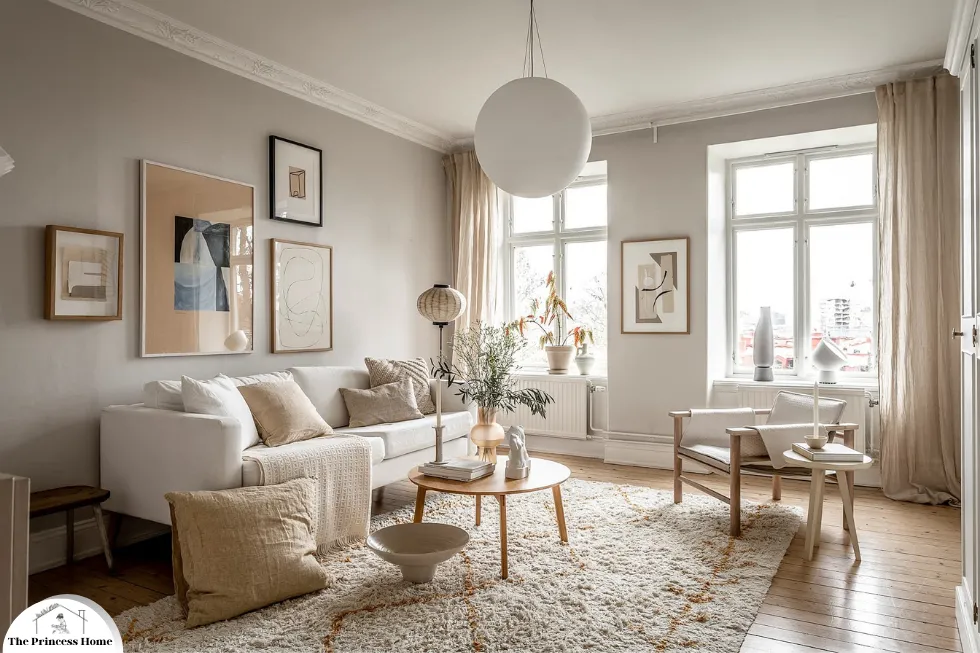
7.*Scale &Proportion:
When selecting furniture for a small house, pay attention to scale and proportion to ensure a harmonious balance within the space. Choose furniture pieces that are appropriately sized for the room, avoiding oversized or bulky items that can overwhelm the space. Opt for slim, streamlined furniture designs that fit the scale of the room while still providing comfort and functionality. playing with scale and proportion is key to creating a harmonious and visually appealing environment in a small house.
Here’s how to do it effectively:
1.Measurements:
Before purchasing any furniture, carefully measure the dimensions of your room to understand its scale. Take note of the available floor space and the height of the ceilings to inform your furniture selection.
2.Appropriate Sizing:
Choose furniture pieces that are appropriately sized for the room. Avoid oversized or bulky items that can make the space feel cramped and crowded. Instead, opt for furniture with slim profiles and streamlined designs that fit the scale of the room without overpowering it.
3.Consider Functionality:
While it’s important to prioritize appropriately sized furniture, functionality should also be a consideration. Ensure that the furniture you choose meets your needs and provides comfort and usability without sacrificing space.
4.Visual Weight:
Pay attention to the visual weight of furniture pieces and how they interact with the rest of the room. Balance larger items with smaller pieces to create visual interest and avoid a disproportionate look. For example, pair a bulky sofa with lighter, more delicate accent chairs to create contrast.
5.Multi-Purpose Furniture:
Opt for multi-purpose furniture pieces that serve multiple functions without taking up excess space. For example, a sleeper sofa can provide seating during the day and accommodate guests overnight, making it a practical choice for small living rooms or guest rooms.
6.Open Leg Design:
Choose furniture with open leg designs, such as sofas and chairs with exposed legs, to create a sense of lightness and openness. This allows for better airflow and visually expands the space, making it feel larger and more inviting.
7.Layering:
Experiment with layering furniture and accessories of varying heights to create depth and dimension in the room. Mix and match different shapes and sizes to add visual interest while maintaining a balanced composition.
By paying attention to scale and proportion and selecting furniture that fits the dimensions of your small house, you can create a cohesive and visually pleasing space that feels comfortable and inviting.
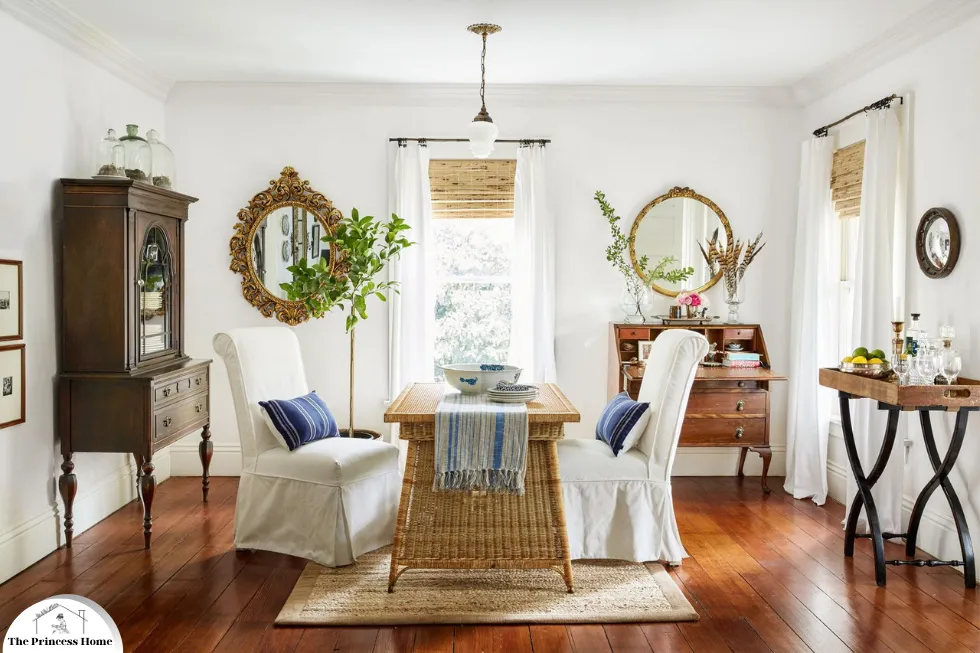
8.*Natural Light:
Natural light can work wonders in making a small space feel bright, airy, and inviting. Maximize natural light by keeping windows unobstructed and using sheer curtains or blinds that allow sunlight to filter through. Consider placing mirrors strategically to reflect natural light and create the illusion of more space. Additionally, keep window treatments minimal to maximize views and enhance the sense of openness within the room. Maximizing natural light is indeed a great way to enhance the feeling of spaciousness and airiness in a small house.
Here are some strategies to make the most of natural light:
1.Unobstructed Windows:
Keep windows free of obstructions to allow as much natural light as possible to enter the room. Avoid placing large pieces of furniture directly in front of windows, and opt for low-profile window treatments that can be easily opened during the day to let sunlight in.
2.Curtains or Blinds:
Choose sheer curtains or blinds that allow sunlight to filter through while still providing privacy and diffusing harsh glare. These lightweight window treatments help soften the incoming light and create a gentle, inviting ambiance.
3.Mirror Placement:
Position mirrors strategically to reflect natural light and amplify its effect throughout the room. Place mirrors opposite windows to bounce light around the space, making it feel brighter and more expansive. Mirrored furniture or accessories can also help reflect light and add visual interest to the room.
4.Window Treatments:
Keep window treatments minimal to maximize views and enhance the sense of openness within the room. Consider opting for simple roller shades, Roman shades, or sheer curtains that frame the windows without overwhelming them.
5.Light-Colored Walls :
Choose light-colored paint or wallpaper for your walls to reflect natural light and make the room feel brighter and more spacious. Light hues such as white, soft beige, or pale gray help bounce light around the space and create a sense of freshness and openness.
6.Outdoor Foliage:
Trim back any outdoor foliage or trees that may be blocking natural light from entering through windows. This allows for better light penetration and ensures that your indoor spaces receive ample sunlight throughout the day.
7.Clean Windows :
Keep windows clean and free of dirt, dust, and smudges to maximize the amount of natural light that enters the room. Regularly cleaning windows inside and out ensures that sunlight can shine through unimpeded, brightening up your space and improving your mood.
By implementing these strategies, you can maximize natural light in your small house, creating a bright, airy, and inviting atmosphere that feels comfortable and welcoming.
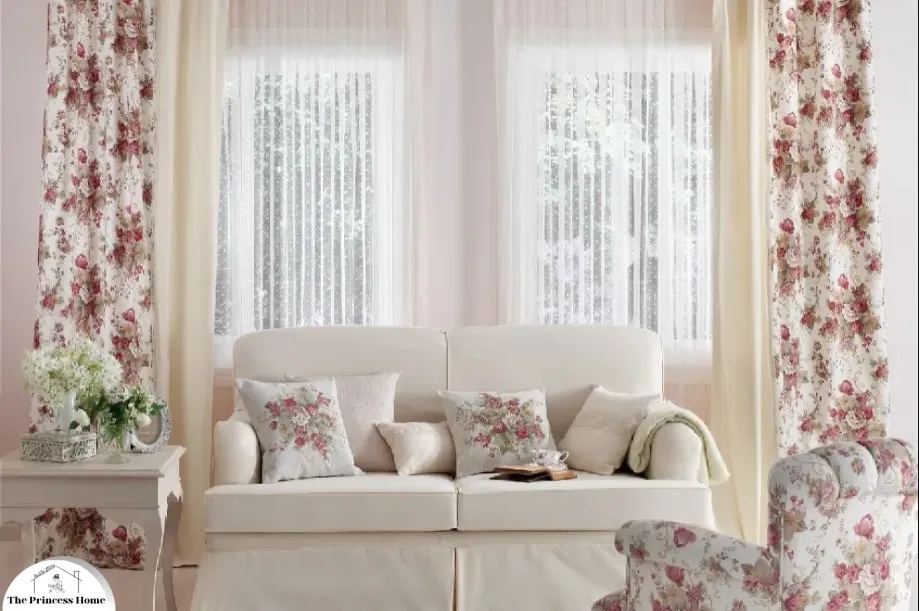
9.*Fabric & Wallpaper
Using fabric and wallpaper strategically in small spaces can indeed create the illusion of spaciousness and add visual interest.
Here’s how to leverage fabric and wallpaper to make a small space feel bigger:
1.Light Colors & Patterns:
Opt for light-colored fabrics and wallpapers to brighten up the space and make it feel more open and airy. Soft pastels, whites, and light neutrals reflect light and create the illusion of expansiveness. Avoid dark, heavy patterns or colors that can visually shrink the room.
2.Use Vertical Stripes:
Vertical stripes on wallpaper or fabric can elongate the walls and draw the eye upward, creating the illusion of higher ceilings and more vertical space. Consider using vertical striped wallpaper or drapery to add height to a small room.
3.Large-Scale Prints:
Large-scale prints or patterns can make a statement and visually expand a small space. Opt for wallpapers or fabrics with oversized motifs or geometric designs to add depth and interest without overwhelming the room.
4.Maximize Texture:
Incorporating different textures through fabric and wallpaper can add visual depth and dimension to a small space. Consider textured wallpapers or fabrics with subtle patterns like linen, grass cloth, or faux fur to create visual interest while maintaining a cohesive look.
5.Create Accent Walls:
Use wallpaper to create an accent wall that draws attention and adds depth to the room. Choose a wallpaper with a bold pattern or texture and apply it to one wall to create a focal point that visually expands the space.
6.Reflective Surfaces:
Incorporate fabrics and wallpapers with metallic accents or reflective finishes to bounce light around the room and create a sense of spaciousness. Consider metallic wallpapers or fabrics with shimmering threads to add a touch of glamour and sophistication to a small space.
7.Layer Textiles:
Layering different fabrics and textures can add visual interest and depth to a small space. Mix and match lightweight fabrics like sheer curtains or linen drapes with heavier textiles like velvet or suede for a layered look that adds dimension without overwhelming the room.
8.Colors &Patterns:
When using fabric and wallpaper in a small space, ensure that they complement each other and contribute to a cohesive design scheme. Choose fabrics and wallpapers that share similar color palettes or coordinate with existing decor elements to create a harmonious look that visually enlarges the space.
9.Use Sheer Curtains:
Opt for sheer curtains or lightweight fabrics for window treatments to allow natural light to filter through and create a bright, airy atmosphere. Sheer curtains also visually extend the height of windows, making the room feel taller and more spacious.
10.Visual Continuity:
Maintain visual continuity throughout the space by incorporating consistent colors, patterns, and textures in both fabrics and wallpapers. This helps create a cohesive look that visually expands the room and prevents visual clutter.
By strategically incorporating light-colored fabrics, vertical stripes, large-scale prints, and reflective surfaces, along with coordinating colors and textures, you can use fabric and wallpaper to make a small space feel bigger and more inviting.
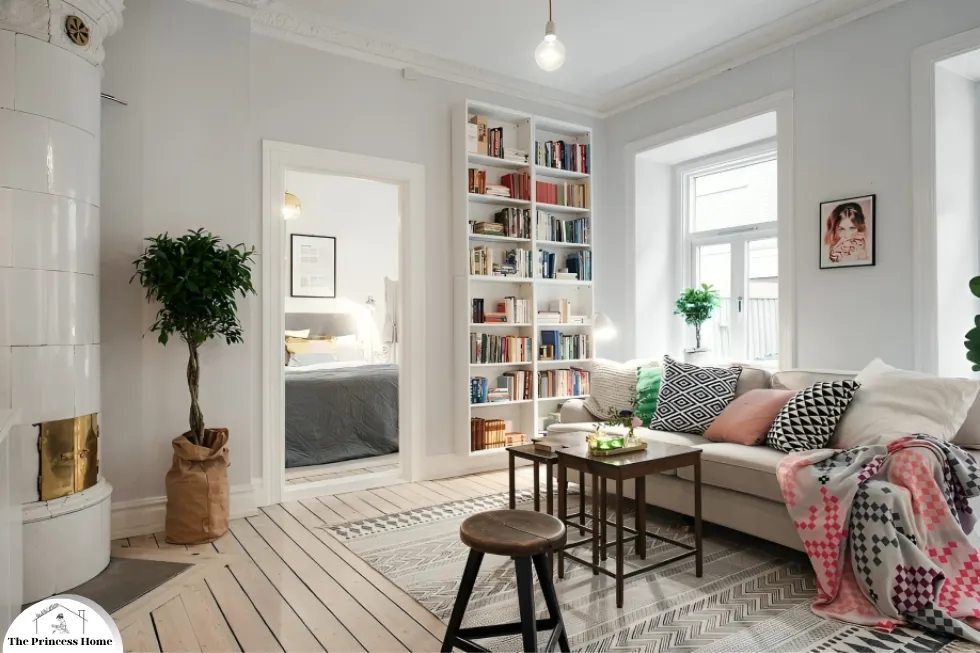
10.*Flexibility & Adaptability:
Finally, remember that furnishing small spaces is an ongoing process that requires flexibility and adaptability. As your needs, lifestyle, and preferences evolve over time, be willing to reassess and reconfigure your living space accordingly. Keep furniture arrangements flexible to accommodate different activities and occasions, and don’t be afraid to experiment with new layouts or furniture configurations to optimize comfort and functionality. maintaining flexibility and adaptability is key to effectively furnishing small spaces.
Here’s how you can approach it:
1.Modular Furniture:
Invest in modular furniture pieces that can be easily reconfigured to adapt to changing needs and preferences. Modular sofas, shelving units, and storage systems allow you to customize your space as needed without committing to a fixed layout.
2.Multipurpose Rooms:
Designate multipurpose areas within your small house that can serve different functions based on your current lifestyle. For example, a home office can double as a guest room with the addition of a sleeper sofa or a fold-down desk.
3.Furniture Arrangements:
Keep furniture arrangements flexible to accommodate various activities and occasions. Experiment with different layouts to find the most functional and comfortable configuration for your space. Consider furniture on casters or lightweight pieces that can be easily moved around as needed.
4.Temporary Solutions:
Utilize temporary solutions such as folding chairs, collapsible tables, or portable storage units to provide additional functionality without taking up permanent space. These temporary solutions can be easily stowed away when not in use, allowing for greater flexibility in your living space.
5.Open Floor Plans:
Embrace the openness of an open floor plan layout, which allows for seamless flow between different areas of the house. Open floor plans provide flexibility in furniture placement and can make small spaces feel larger and more airy.
6.Adjustable Lighting:
Install adjustable lighting fixtures such as track lighting or floor lamps with adjustable arms to customize the lighting levels in different areas of your home. This allows you to create the desired ambiance for various activities and moods.
7.Regular Reassessment:
Regularly reassess your living space to evaluate its functionality and identify areas for improvement. As your needs and preferences evolve, be open to making changes to optimize comfort and usability in your small house.
By embracing flexibility and adaptability in furnishing small spaces, you can create a dynamic and versatile environment that evolves with you over time. Don’t be afraid to experiment and make adjustments as needed to ensure that your home remains functional, comfortable, and tailored to your lifestyle.
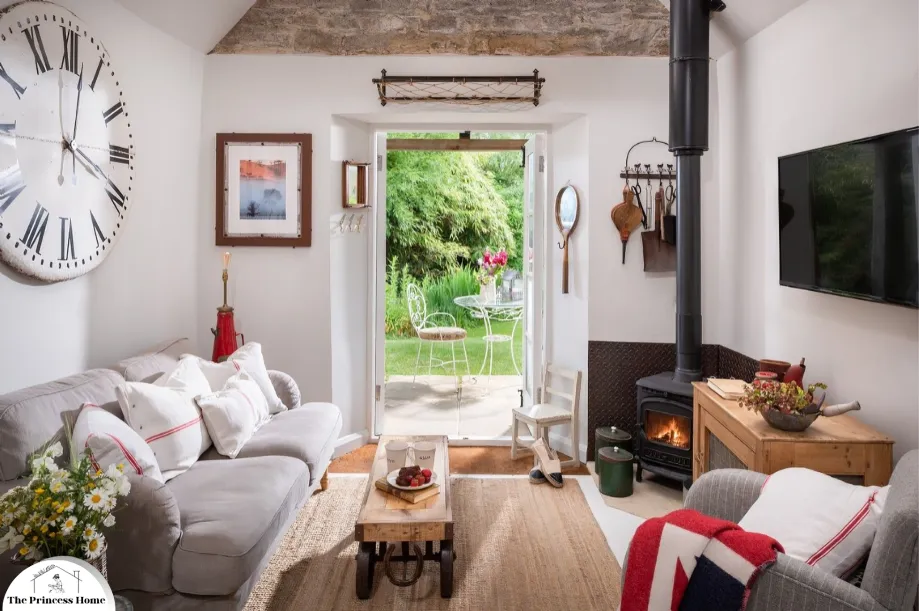
11.*Decluttering &Organizing:
Clutter can quickly make a small space feel cramped and chaotic. Prioritize decluttering and organizing to create a sense of openness and tranquility. Invest in storage solutions like baskets, bins, and under-bed organizers to keep belongings out of sight and maximize usable space. Decluttering and organizing are essential steps in maximizing the space and functionality of a small living area.
Here’s a more detailed exploration of these key strategies:
1.Assess Belongings:
Begin by taking stock of your belongings and evaluating what you truly need and use regularly. Be honest with yourself about which items are essential and which ones can be decluttered or donated.
2.Decluttering Methodically:
Approach decluttering methodically, tackling one area or category at a time to avoid feeling overwhelmed. Start with smaller, more manageable spaces like drawers or closets before moving on to larger areas like the living room or kitchen.
3.The KonMari Method:
Consider implementing the KonMari method, popularized by organizing expert Marie Kondo. This approach involves sorting through belongings by category (e.g., clothing, books, sentimental items) and keeping only those that “spark joy.”
4.Storage Solutions:
Invest in storage solutions that maximize vertical and underutilized spaces. Baskets, bins, and boxes can corral items and keep them organized, while shelving units or wall-mounted racks can provide additional storage without taking up valuable floor space.
5.Under-Bed Storage:
Under-bed storage is an excellent way to maximize space in a small bedroom. Invest in low-profile storage containers or drawers that can slide easily beneath the bed, providing ample space for out-of-season clothing, linens, or extra belongings.
6.Dual-Purpose Furniture:
Choose furniture pieces with built-in storage features to maximize functionality. Ottomans with hidden compartments, coffee tables with lift-up tops, and beds with built-in drawers are all examples of furniture that can help reduce clutter and maximize usable space.
7.Zones for Organization:
Establish designated zones for different activities or categories of belongings to maintain organization and efficiency. For example, designate a specific area for keys and mail near the entryway, or create a dedicated workspace with storage for office supplies.
8.Regular Maintenance:
Stay on top of clutter by implementing daily or weekly maintenance routines. Spend a few minutes each day tidying up and returning items to their designated homes to prevent clutter from accumulating.
9.Digital Decluttering:
In addition to physical belongings, don’t forget to declutter your digital spaces as well. Organize digital files, emails, and photos into folders and delete unnecessary items to free up space on your devices and streamline digital organization.
10.Donate or Sell Items:
Finally, once you’ve decluttered and organized your space, consider donating or selling items that no longer serve a purpose for you. Not only does this help clear physical space, but it can also provide a sense of satisfaction and fulfillment knowing that your belongings will be put to good use by others.
By prioritizing decluttering and organizing and implementing effective storage solutions, you can transform a small space into a clutter-free and tranquil environment that maximizes both comfort and functionality.
Conclusion:
furnishing small spaces to maximize comfort is both a challenge and an opportunity to exercise creativity, resourcefulness, and ingenuity. By carefully assessing your space, prioritizing functionality, and embracing space-saving solutions, you can create a comfortable and inviting living environment that feels like home. Remember to keep it simple, cozy, and personalized, and don’t hesitate to adapt and evolve your furnishings as your needs change. With the right approach and mindset, your small house can become a haven of comfort, style, and functionality for years to come.
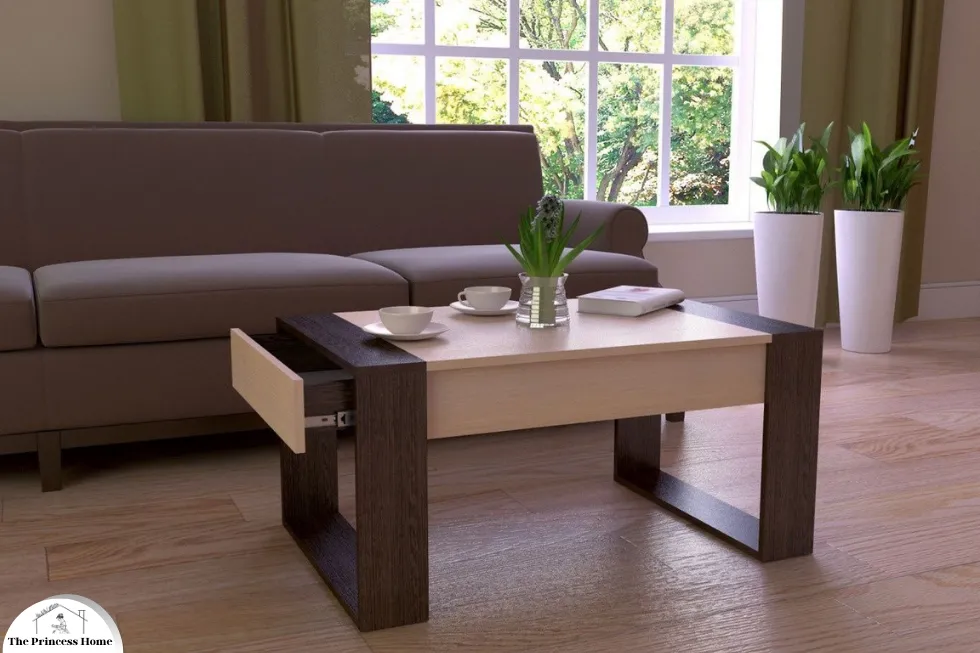
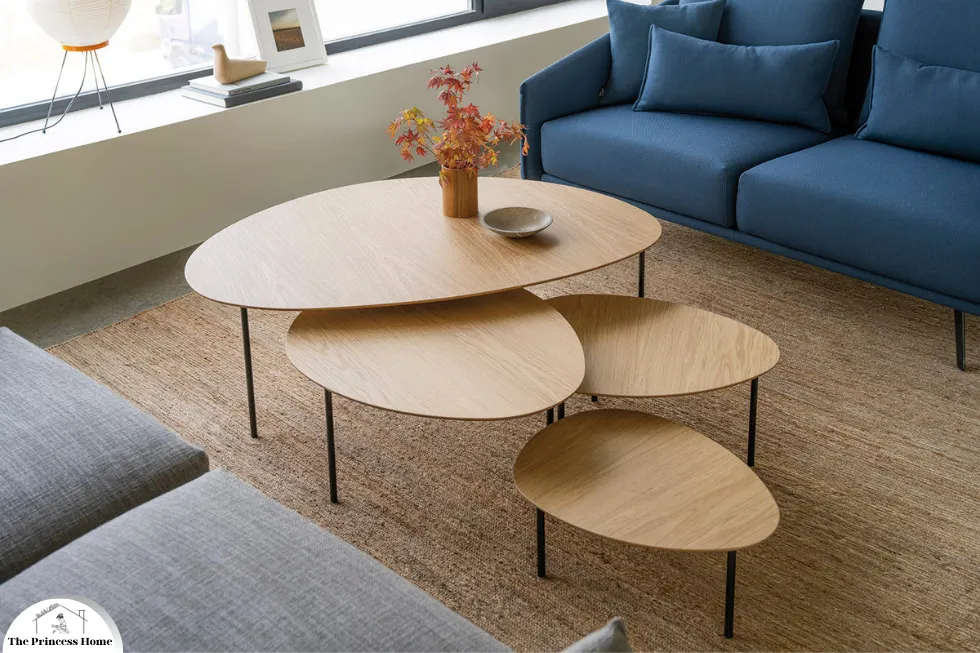
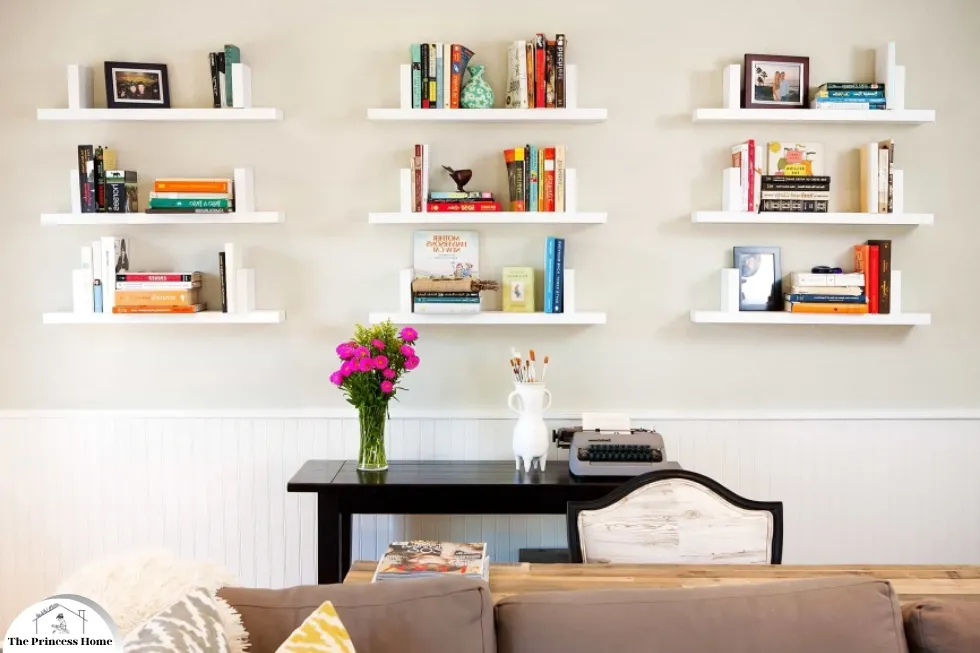
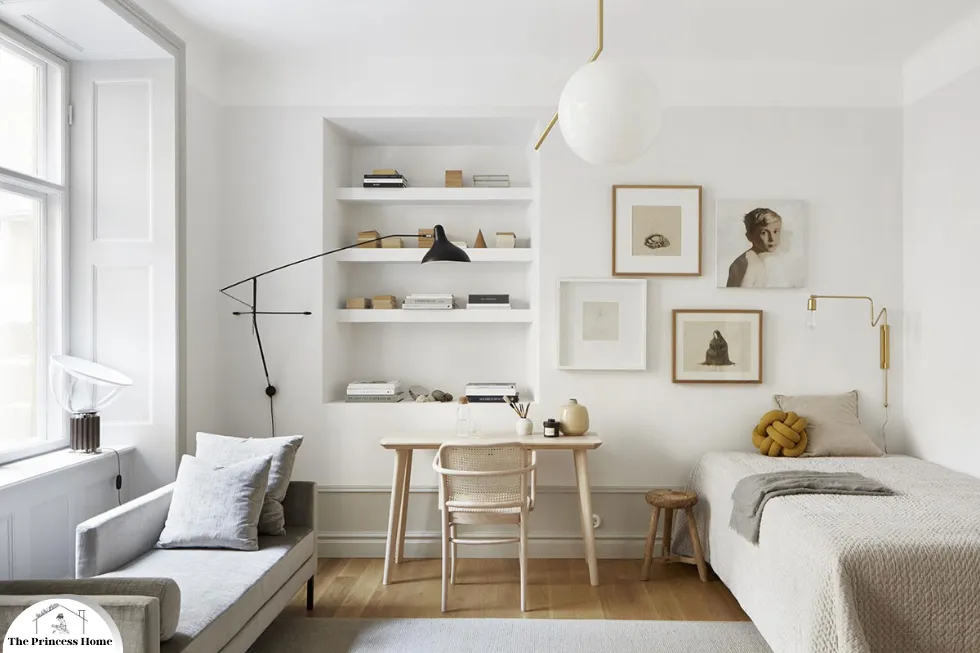
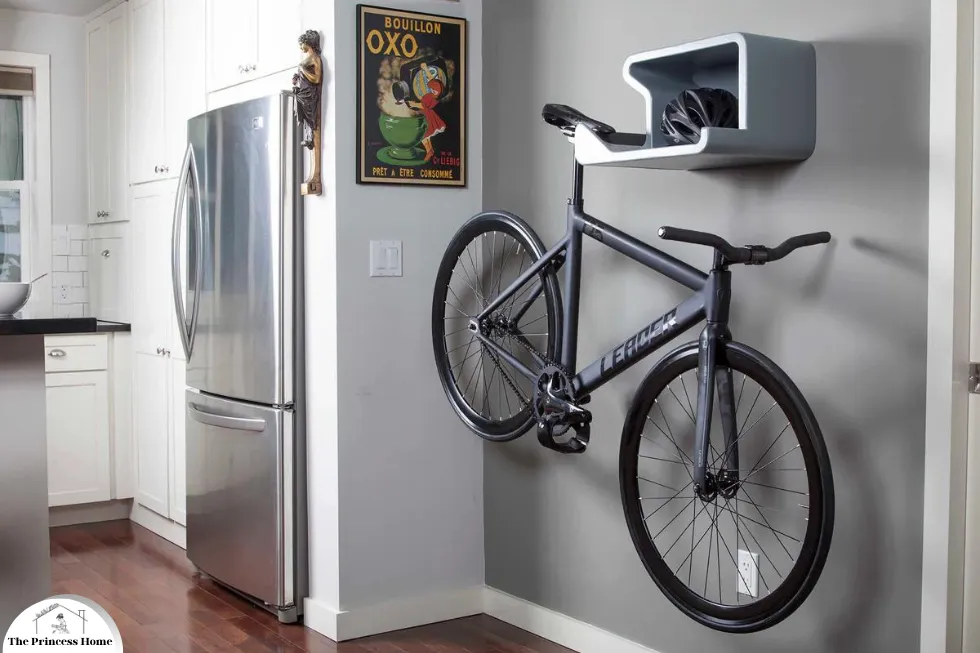
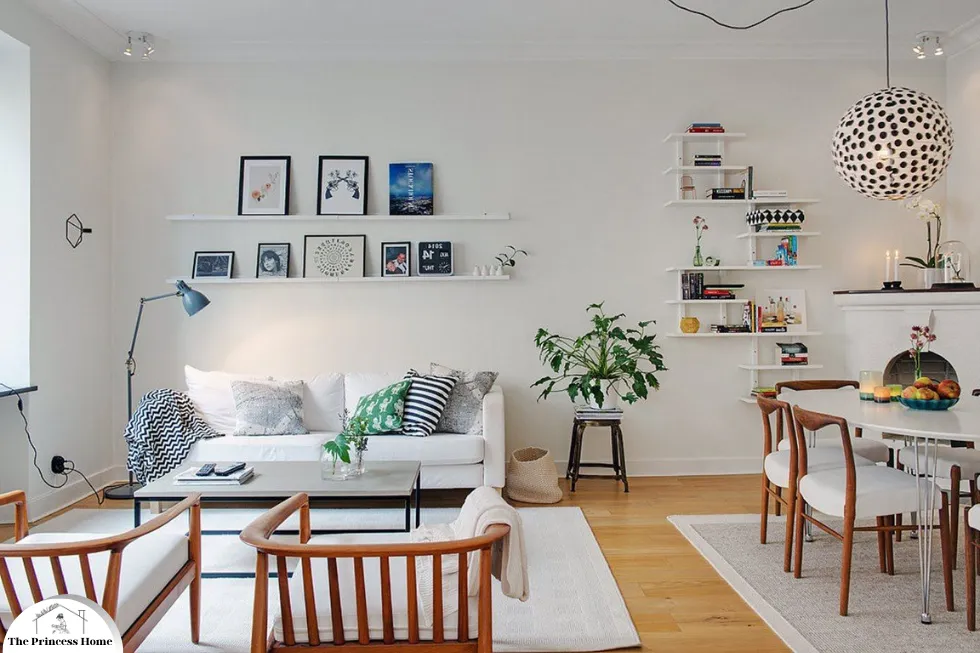
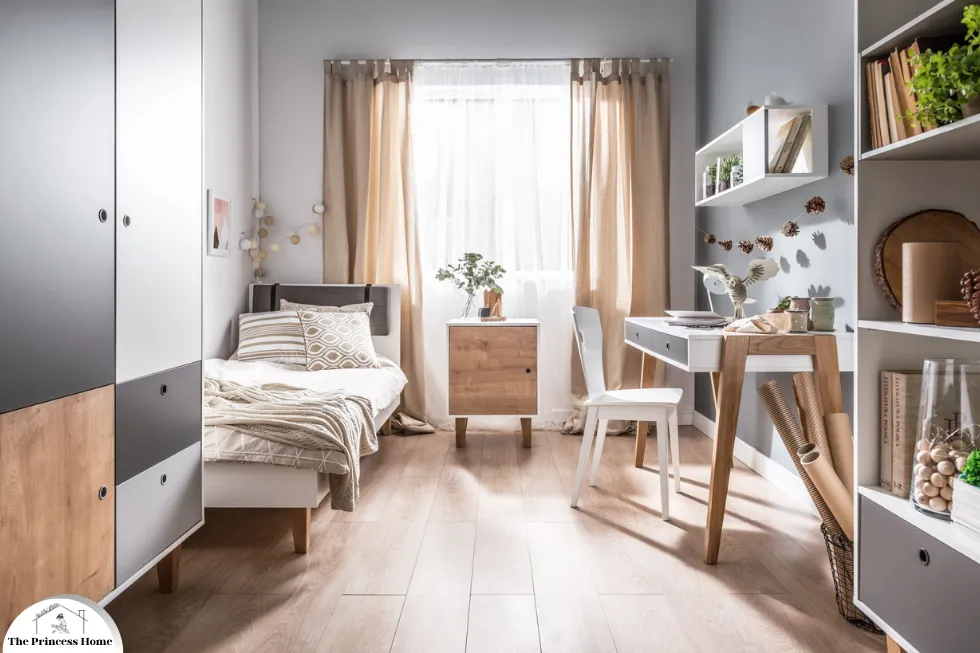
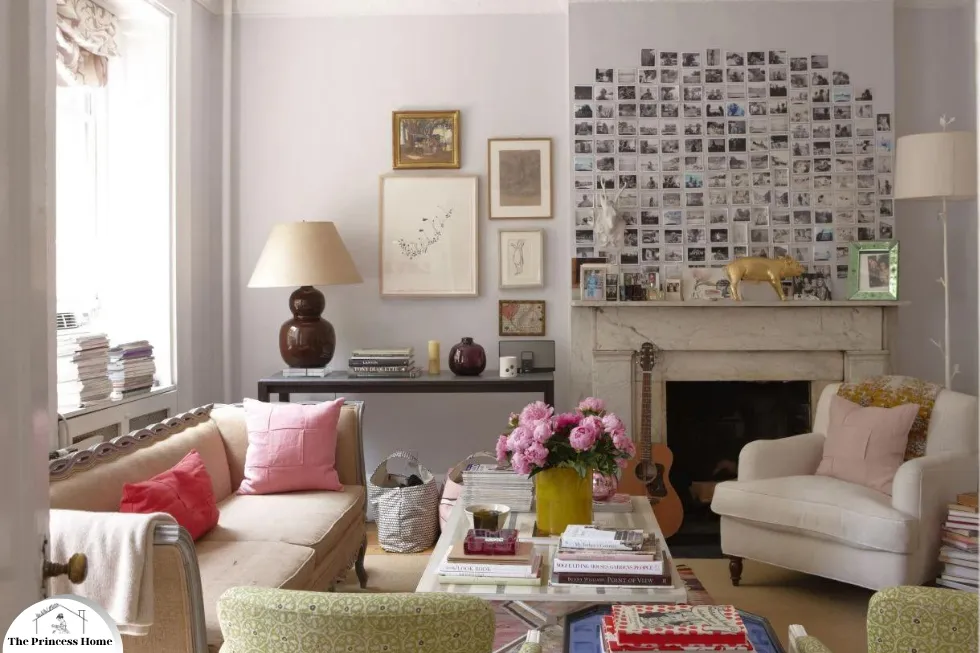
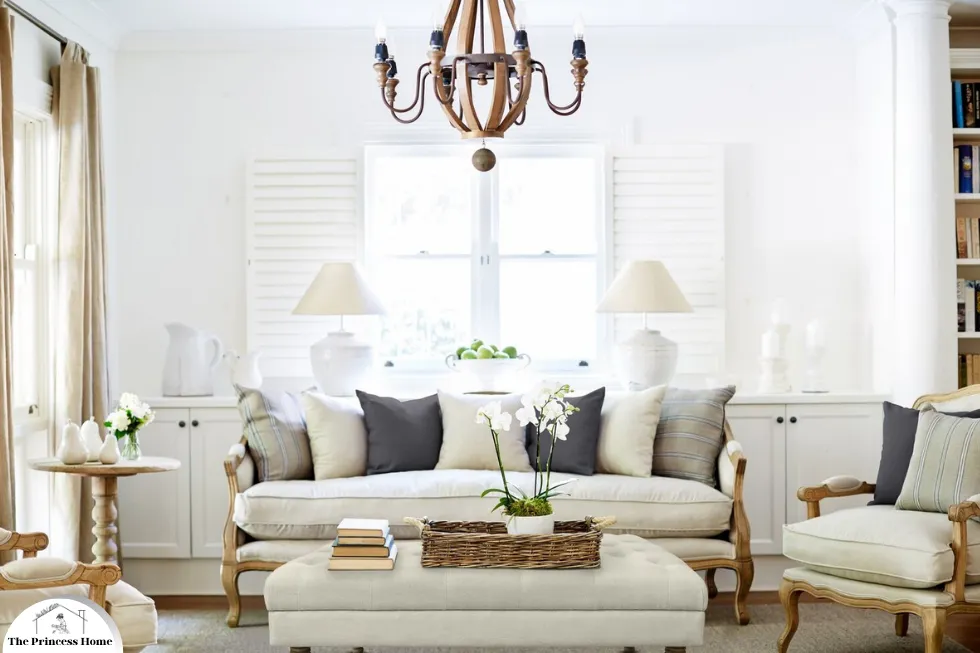
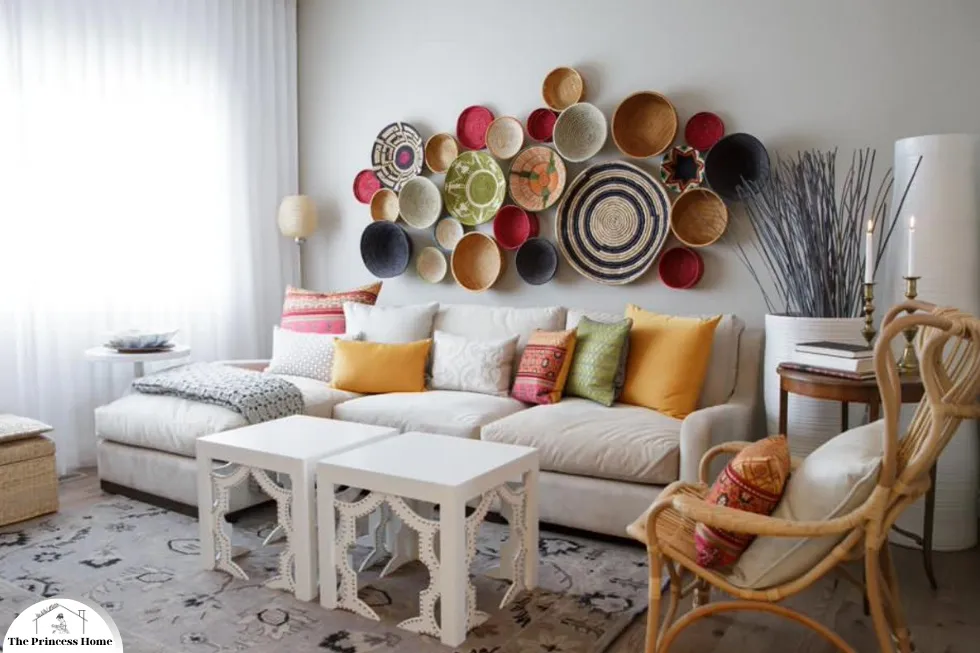
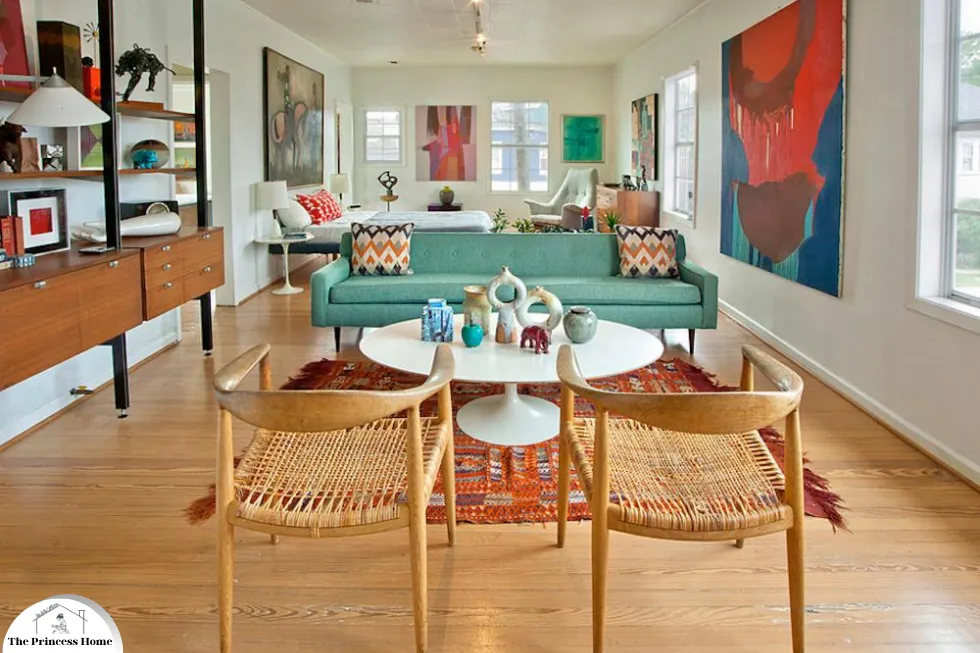
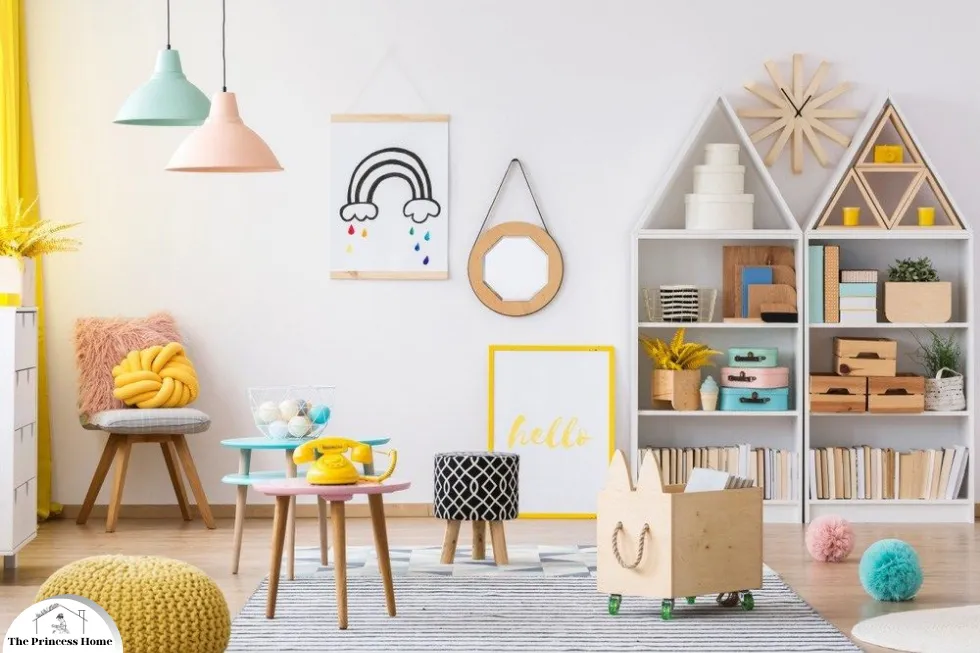
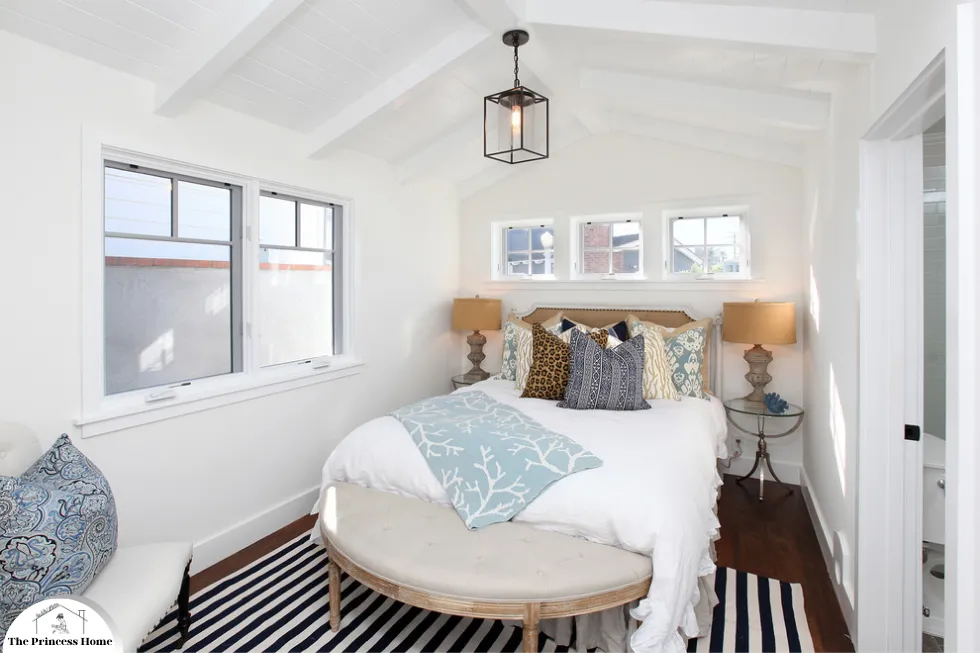
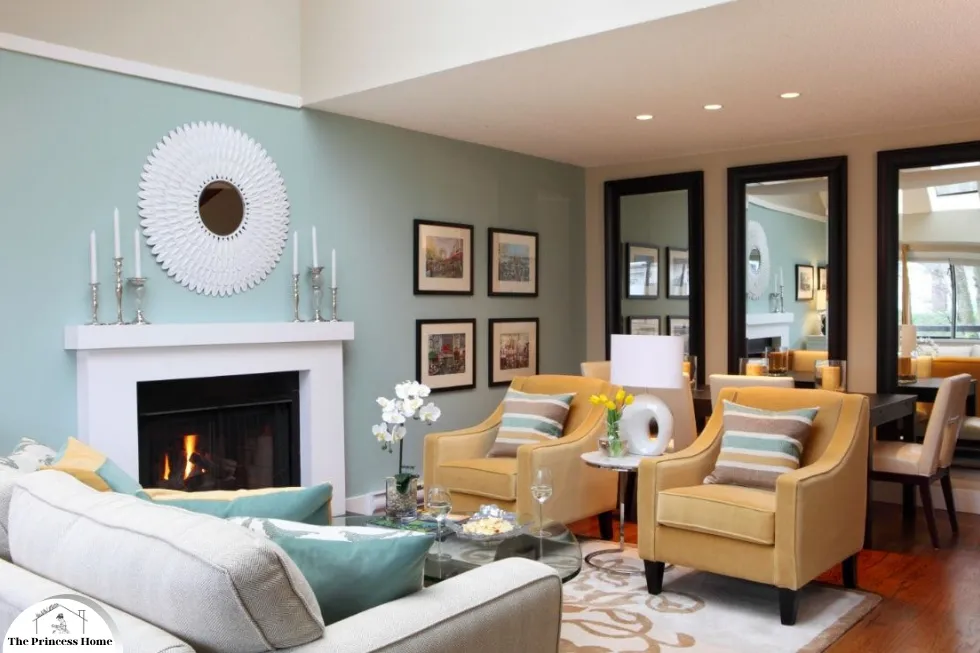
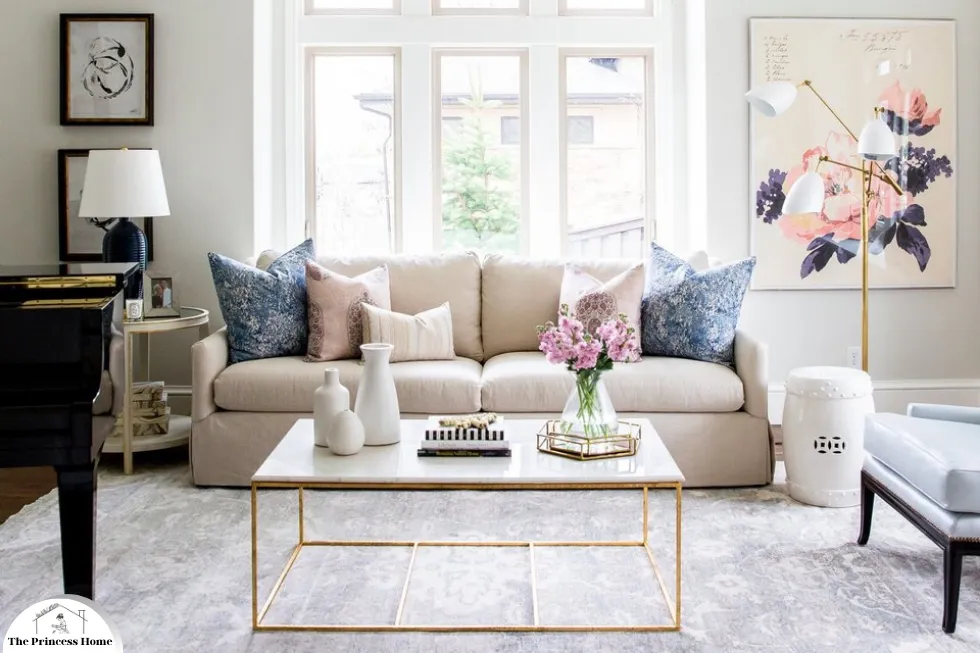
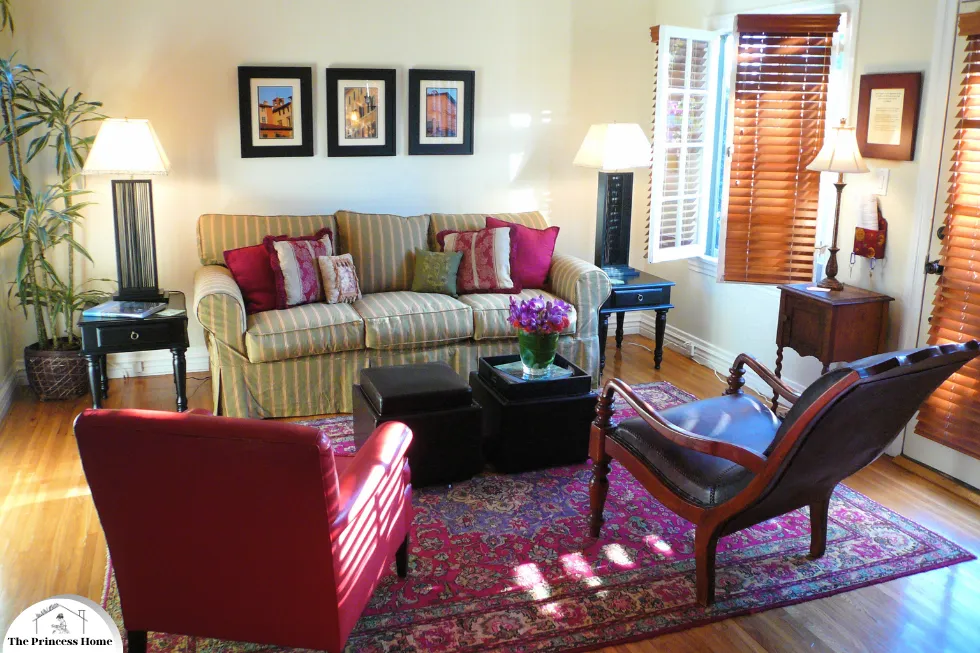
Here are some frequently asked questions related to furnishing small spaces.
Q1: How do I choose the right furniture for my small house?
A: When selecting furniture for a small house, prioritize functionality and space-saving features. Look for multi-functional pieces such as sofa beds or storage ottomans, and opt for slim, streamlined designs that fit the scale of the room without overwhelming it.
Q2: How can I make my small house feel more spacious?
A: To create the illusion of space in a small house, maximize natural light, use mirrors to reflect light and visually expand the room, and opt for light, neutral colors that make the space feel airy and open. Additionally, avoid clutter and choose furniture that allows for easy movement and flow within the space.
Q3: What are some effective storage solutions for small houses?
A: In small houses, maximizing storage is key to maintaining a clutter-free environment. Consider utilizing vertical space with wall-mounted shelves or cabinets, investing in multi-functional furniture with built-in storage, and incorporating under-bed storage containers or hanging organizers to make the most of every inch of space.
Q4: How can I add personality and style to my small house without overwhelming the space?
A: Infuse your small house with personal style through carefully curated decor and accessories. Choose a cohesive color scheme and select a few statement pieces that reflect your personality and interests. Opt for versatile decor items that can be easily swapped out or rearranged to keep the space feeling fresh and inviting.
Q5: What are some common mistakes to avoid when furnishing small spaces ?
A: One common mistake is overcrowding the space with oversized furniture or too many decorative accessories, which can make the room feel cramped and cluttered. Additionally, overlooking the importance of functionality and storage can lead to a lack of organization and functionality within the space. Finally, neglecting to consider the flow and layout of the room can result in inefficient use of space and awkward furniture arrangements.
Q6: How can I create a cozy atmosphere in my small house?
A: Incorporate soft textiles such as rugs, cushions, and throw blankets to add warmth and comfort to your small house. Choose lighting fixtures that provide soft, diffused light, and consider adding candles or dimmer switches for added ambiance. Personalize the space with meaningful decor items and create cozy nooks where you can relax and unwind.
Q7: What are some budget-friendly ways to furnish a small house?
A: To furnish a small house on a budget, consider shopping at thrift stores, garage sales, or online marketplaces for gently used furniture and decor. DIY projects, such as painting old furniture or repurposing items for new uses, can also be a cost-effective way to add personality to your space. Additionally, focus on investing in high-quality, multi-functional pieces that offer long-term value and versatility.
Q8: How can I make the most of a small kitchen or dining area?
A: In a small kitchen or dining area, maximize space by opting for compact, space-saving furniture such as drop-leaf tables or extendable dining sets. Utilize vertical space with wall-mounted shelves or hanging racks for storing cookware and utensils. Consider investing in multi-functional kitchen gadgets and appliances to save space and streamline meal preparation. Finally, create a cozy dining area with comfortable seating and ambient lighting to enhance the dining experience.
Free Interior Design Course: Learn the Skills to Design Your Home
The princess home on Pinterest


